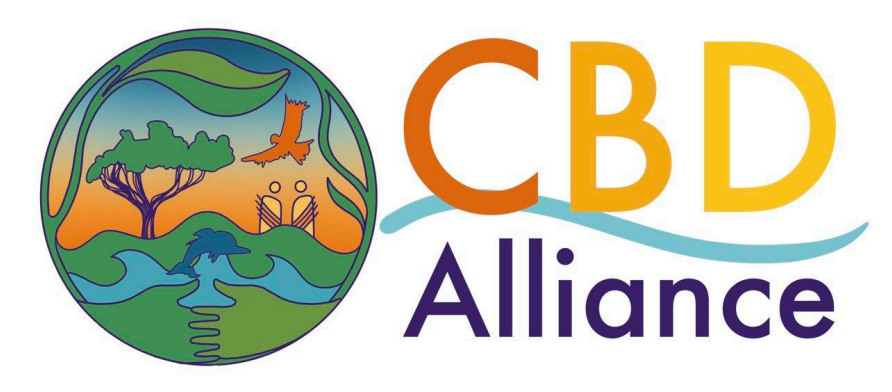Shona Hawkes, Rainforest Action Network
The Taskforce on Nature-related Financial Disclosures (TNFD) is heavily promoted at COP16. The taskforce is made up solely of 40 corporations. It has no scientists, government officials, Indigenous peoples, CSOs or academics. TNFD’s reporting framework is not ‘aligned’ with the GBF.
GBF Target 15(a) calls for businesses to ‘transparently disclose’, including their ‘impacts’. The TNFD’s recommended baseline is to report how biodiversity impacts a business. It is not that a business should report its impacts on nature.
TNFD is not ‘transparent disclosure’. Company TNFD reports won’t disclose their supply chain or investment chain, so that impacted people seeing abuses in their area typically don’t even know of the company or bank’s involvement. Nor does TNFD recommend disclosing any serious complaints a company is facing. Real transparency is also necessary for consumers to make sustainable choices under Target 15b.
Target 15 also states that an objective of a) and b) is for companies to ‘reduce negative impacts’, yet there’s no evidence TNFD reports will change corporate practices. Many of the world’s biggest fossil fuel companies publish similar reports under the TCFD on climate. The TNFD does not challenge the ability of corporations to profit from environmental or human rights harms.
What do TNFD reports tell us?
Warnings about TNFD’s greenwashing risks are sadly proving true. Mining company Vale’s TNFD report is full of glossy graphics but doesn’t mention that it had to pay $55 million over misleading disclosures, it faces protests from Indigenous Peoples or has been struck off by investors in 9 countries. The Banking on Biodiversity Collapse report recently concluded that a basic google search was more informative than agribusiness trader Bunge’s TNFD report.
An initiative for corporate reporting on biodiversity impacts already exists
The Global Reporting Initiative (GRI) already has a biodiversity standard, long pre-dating the TNFD. GRI is adopted by thousands of companies, incorporated into many policies and evolved from a more robust decision-making structure than the TNFD. While far from perfect – including on issues raised above - the GRI is a better option.
Strike TNFD (and ISSB!) from the Resource Mobilisation text
Currently TNFD is bracketed in the Resource Mobilisation, Annex 1. This could encourage the adoption of TNFD reporting into national laws to show that parties are meeting their Target 15 obligations. This is a backdoor way for corporations to write their own regulations! Text referencing the International Sustainability Standards Board (ISSB) should also be dropped because it doesn’t even have a biodiversity standard.
